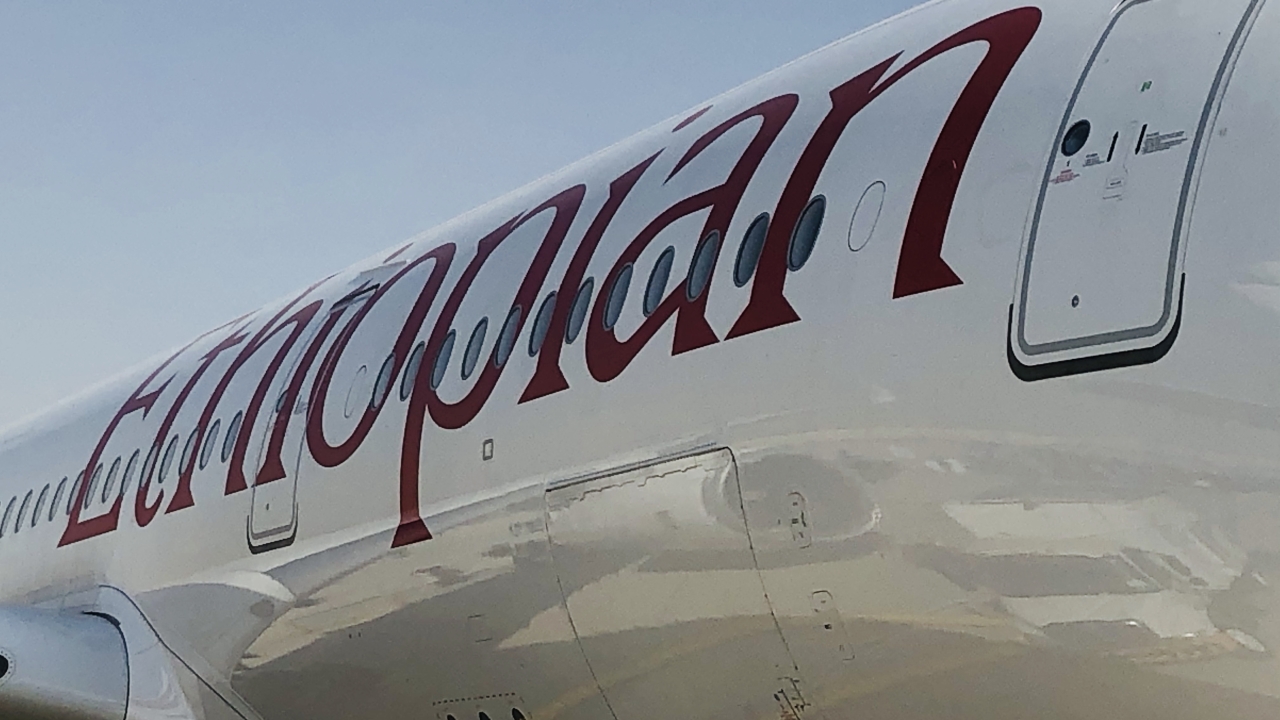IBA forecasts strong growth in African aviation sector
IBA predicts that post-pandemic passenger growth will continue in the African aviation market.

Ethiopian Airlines remains the region’s largest operator. Image: Ella Nethersole
IBA, an aviation market intelligence and advisory company, forecasts that the industry’s compound annual growth rate of RPK in the region will be at 4.7 per cent from this year until the end of the decade.
Airlines have been increasing capacity to Africa, with an average 8.4 per cent increase from Q2 2023 to Q2 2024. In particular, there has been a marked 38 per cent increase in seat capacity from Asia Pacific and a dramatic 105 per cent rise in seat capacity from Latin America. Traffic is forecast to grow at 8 per cent this year with domestic, international, and intercontinental markets all growing.
Ethiopian Airlines remains the region’s largest operator, with 12,790 million ASKs in Q2 2024 – an increase of 8 per cent year on year. Some smaller carriers have grown their capacity more steeply in this timeframe including TAAG (81 per cent), Air Cairo (30 per cent), Kenya Airways (21 per cent), and Egyptair (14 per cent).
These insights were shared by IBA at the recent African Aviation Summit: Air Finance Africa Conference (21 to 23 May) in Johannesburg, South Africa. The Conference largely shared a positive outlook for the African aviation market with an appreciation of the future challenges. IBA's Head of Consulting, Dan Taylor, delivered an update and forecast on trends, aircraft supply, and airline profitability in the African aviation market, based on data from the IBA Insight platform.
Airlines based across Africa have placed orders, with Ethiopian Airlines leading the charge with 90 aircraft on order. The rising costs of jet fuel and the price of emissions offsetting have been important factors in order decisions.
The aircraft orderbook held by African carriers is mixed across aircraft types, with notable highlights being the Boeing 737 family (57 aircraft), the Airbus A350 family (35), the Boeing 777 family (30) and the Boeing 787 family (26).
However, IBA believes that the African aviation market will remain undersupplied of aircraft for the next two years as airlines are impacted by long order backlogs, slow production capacity, and, in particular, the reduction in Boeing 737 MAX production.
Despite the higher costs for aircraft, profitability has risen to a certain degree, enabling airlines in Africa to lower their net debt like most airlines across the world. However, IBA’s intelligence shows that Africa is the only region in the world where it estimates that the average net profit margin for the full 2023 financial year for airlines across the continent will remain negative at -3 per cent. Profitability is unlikely in the near future as the market is highly fragmented with challenges around traffic rights and agreements, infrastructure, and access to capital.
IBA forecasts that African airline revenues will return to 2019 levels in 2024, but when expressed collectively, that losses will continue to occur until 2025.
Insights from IBA Airlines’ risk analysis shows that some airlines in Africa remain at more risk compared to other global regions, with its figures for Africa being 53 per cent for 2024, compared to a more favourable global average of 72 per cent.
Stay up to date
Subscribe to the free Times Aerospace newsletter and receive the latest content every week. We'll never share your email address.

